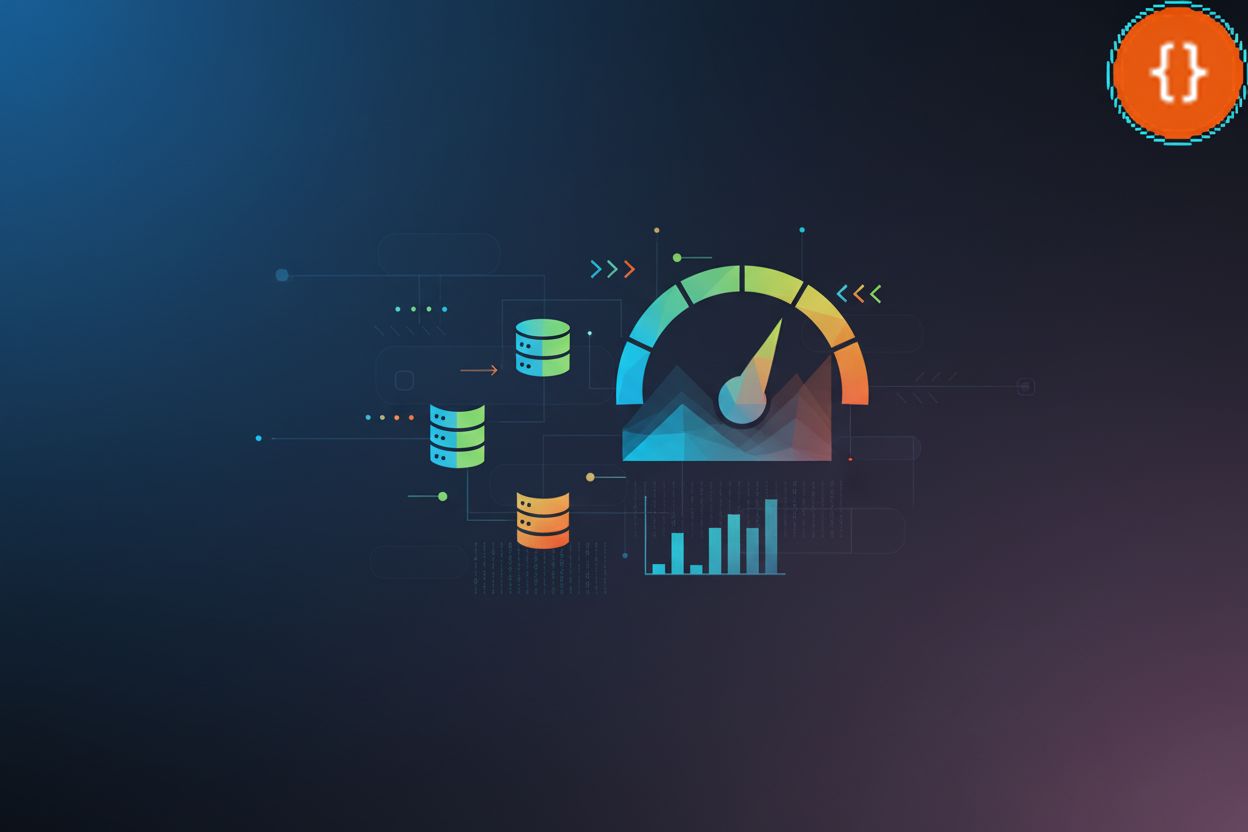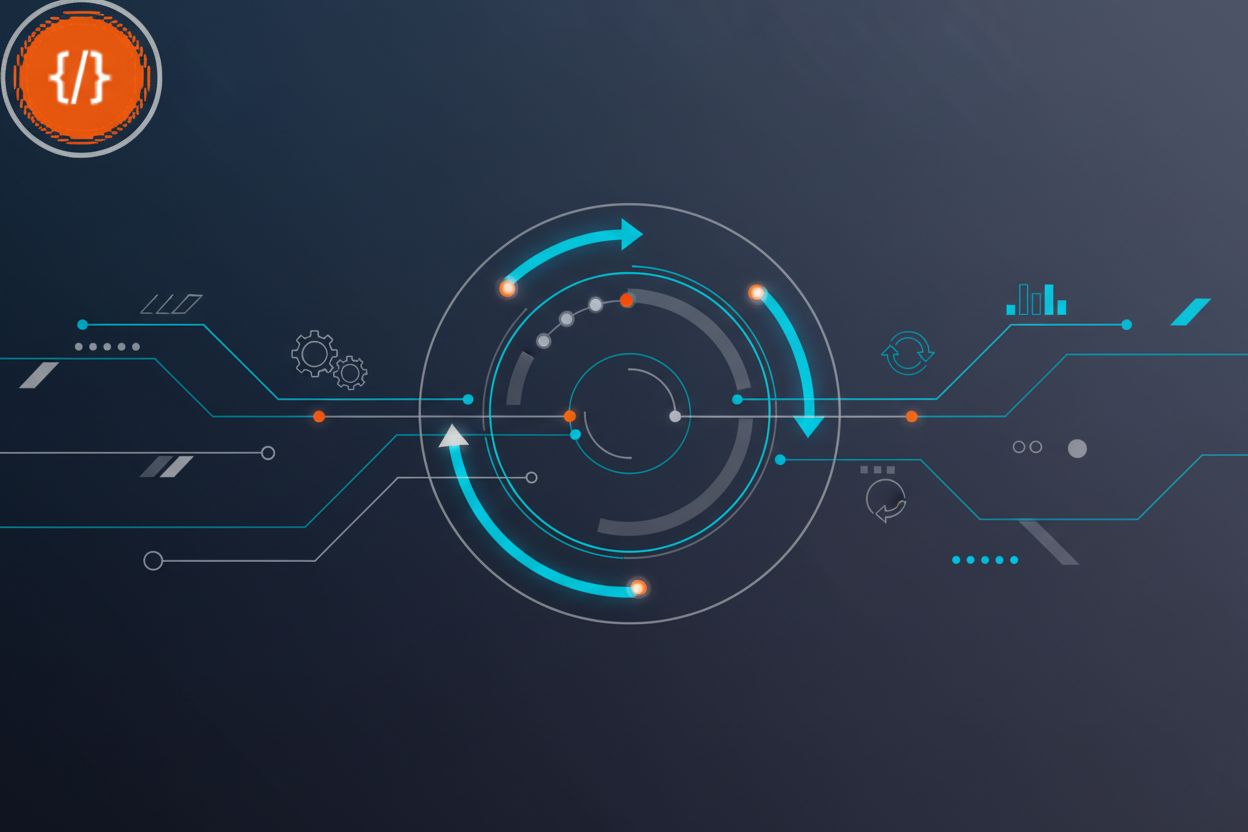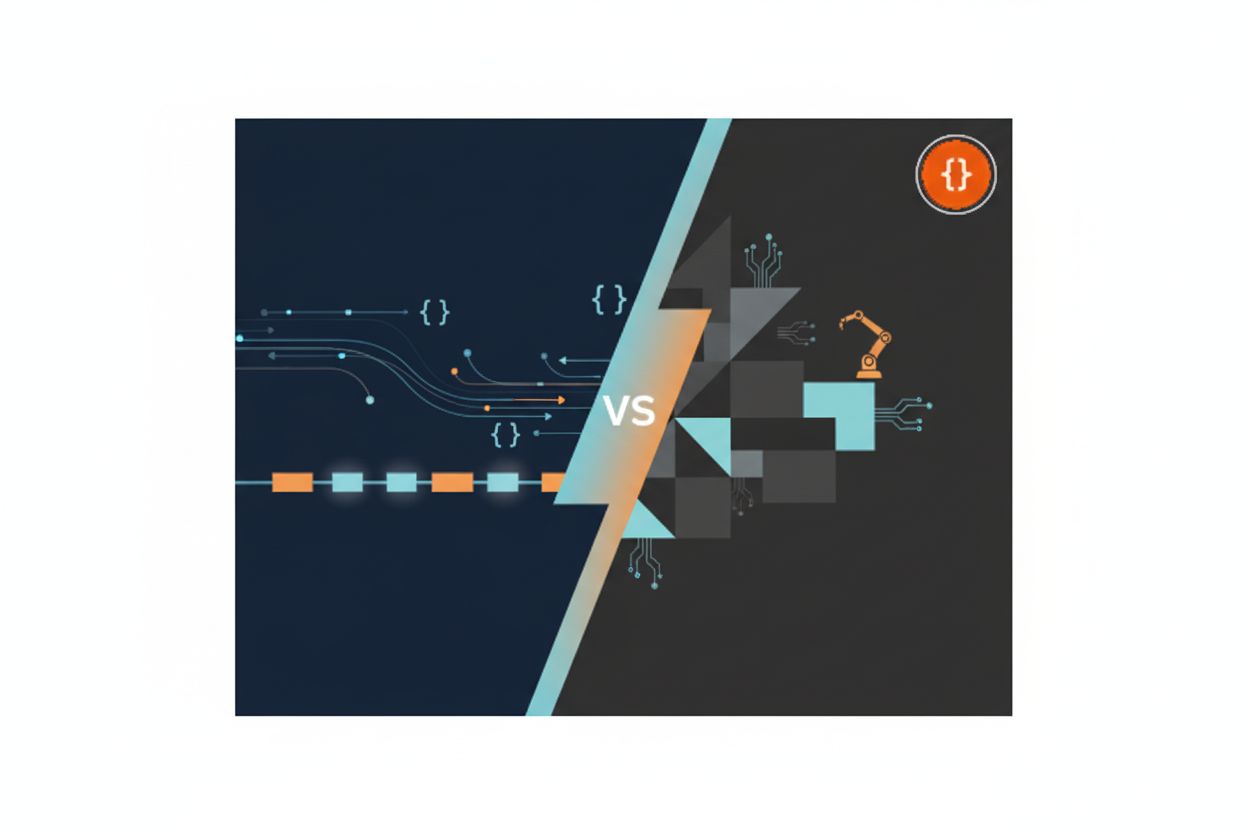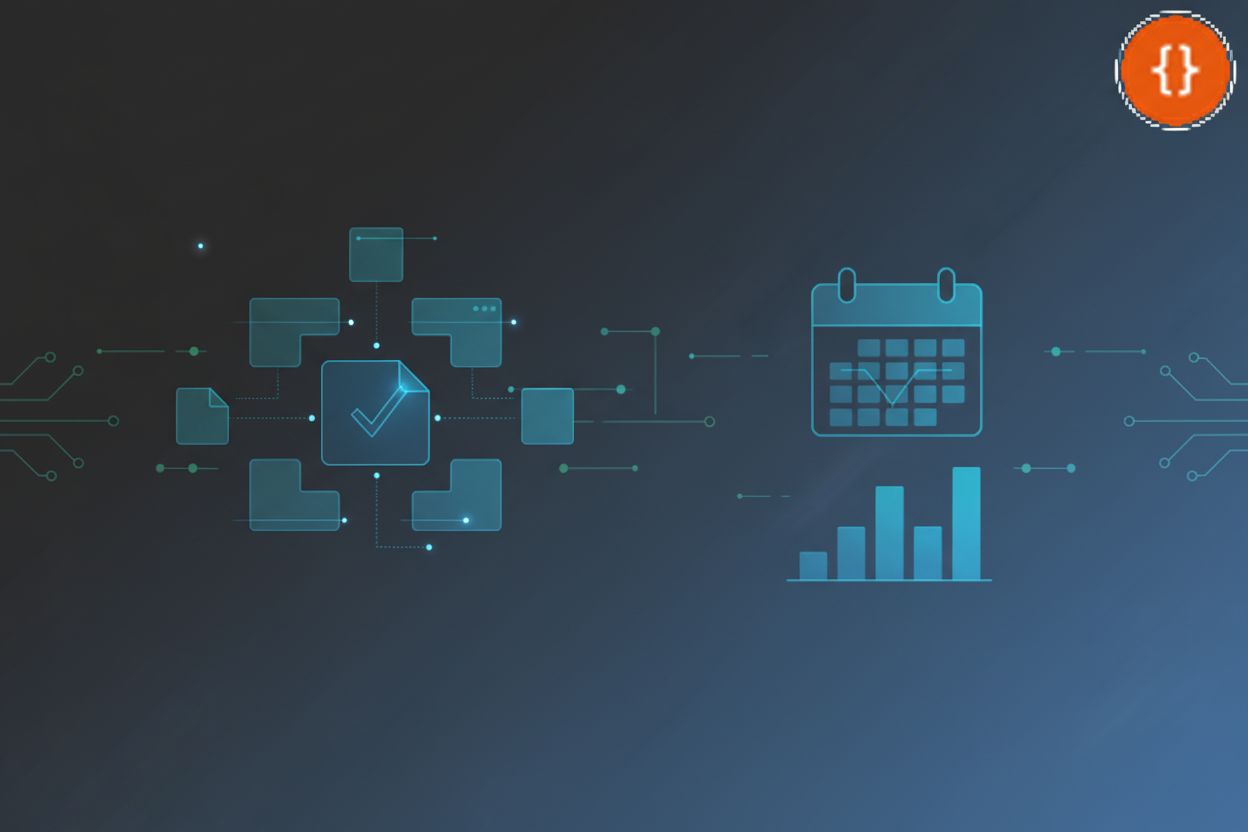API Observability
TL;DR
Understanding : More Than Just Monitoring
Okay, let's dive into API observability! Ever wonder why your app's acting up, but the monitoring tools just shrug? It's like knowing you're sick, but not why.
API observability is way more than just knowing something's broken. It's about understanding why it's broken. It gives you a comprehensive insight into how your APIs are behaving, not just showing basic metrics.
- Comprehensive Insight: It's not enough to see a spike in errors. Observability shows you the root cause – maybe a specific user segment is hitting a faulty endpoint, or a recent code push introduced latency. For instance, imagine your e-commerce API suddenly sees a surge in checkout errors. Traditional monitoring might just show a high error rate. Observability, however, could reveal that the errors are only happening for users in a specific region trying to use a new payment gateway, pointing directly to a localized integration issue that a broader monitoring tool would miss. This deeper insight comes from correlating detailed logs, distributed traces, and granular metrics.
- Focus on the 'Why': Traditional monitoring tells you what is happening (e.g., high latency). API observability helps you understand why it's happening (e.g., a database query is slow due to a missing index, or a downstream service is experiencing an outage). This "why" is uncovered by examining the detailed context provided by logs, the request path through traces, and the performance characteristics of individual components.
- Beyond Traditional Metrics: We're talking about going beyond simple uptime and response times. Think about tracking user behavior, request flows, and dependencies between microservices.
So, what's the difference? Monitoring is like a basic health check, while observability is like a full diagnostic workup.
- Deeper Insights: Monitoring might tell you an API is down. Observability can tell you it's down because a specific server is overloaded, and that server is overloaded because of a memory leak in a new feature.
- Proactive vs. Reactive: Monitoring is often reactive – you get alerted after something breaks. Observability allows for a proactive approach, spotting potential issues before they cause major disruptions.
- Debuggability: Debuggability, in the context of API observability, means having the ability to quickly understand, diagnose, and resolve issues by intelligently observing the system's behavior. It’s about having the right data and tools readily available to pinpoint the exact cause of a problem, rather than just knowing a problem exists.
There's three things that make up API observability: metrics, logs, and traces.
- Metrics: Measuring performance and behavior over time. Examples include request latency, error rates, and resource utilization.
- Logs: Detailed records of API activity. These can be structured or unstructured and provide context around specific events.
- Traces: Tracking a request as it moves through different services in your system. Think of it as a request's journey from start to finish.
Understanding the relationship between traditional API monitoring and API observability is crucial. While monitoring alerts you to what is happening (e.g., an API is slow), observability helps you understand why it's happening (e.g., the slowness is caused by a specific database query taking too long due to an inefficient join). This deeper understanding allows for more effective troubleshooting and optimization.
Key Metrics for API Observability
Okay, so you're probably wondering what all the fuss about API observability metrics really is, right? Well, let's get into it. It's not just about seeing numbers go up and down; it's about understanding what those numbers mean.
Performance metrics are your bread and butter. You gotta know how fast your APIs are responding.
- Response time (latency): How long it takes for an API to respond to a request. High latency? Users get frustrated, and applications slow down. In finance, a delay of even milliseconds can mean lost trades. (How Millisecond Delays Can Cost Millions in Trading Business)
- Request rates (throughput): How many requests your API can handle per second. If you're suddenly swamped, you want to know why, whether it's a flash sale or a DoS attack.
- Error rates: The percentage of requests that result in errors. Spikes in errors can indicate a bug in your code or a problem with a dependent service.
- Resource utilization (cpu, memory): How much CPU and memory your APIs are using. High resource utilization can lead to performance issues and even crashes.
Security metrics are all about spotting those threats.
- Authentication failures: How many times users are failing to log in. A sudden surge might indicate a brute-force attack.
- Authorization errors: How often users are trying to access resources they're not allowed to see. Could be misconfigured permissions or malicious attempts to escalate privileges.
- Attack patterns (injection, DoS): Are you seeing signs of injection attacks or denial-of-service attempts? Spotting these early is crucial to preventing breaches.
- Data breaches: While not directly observable in real-time, monitoring for unusual data access patterns can help detect if a breach is in progress. For example, an unusual pattern might be a sudden spike in requests for sensitive customer data from an IP address outside of your typical geographic user base, or a single user account attempting to access a vast number of different customer records in a short period.
Functional metrics are about whether your APIs are actually doing their job.
- API usage patterns: Which endpoints are most popular? Which features are being used the most? This helps you prioritize development efforts.
- Popular endpoints: Knowing which endpoints get the most traffic helps you optimize those routes for performance.
- Data accuracy: Are your APIs returning correct data? Inaccurate data can lead to bad decisions and unhappy customers. You can measure this by comparing API output against a known, trusted data source for a sample of requests, or by tracking the rate of user-reported data discrepancies. For example, if an API is supposed to return a user's current balance, you'd check if that balance matches what's recorded in the primary database.
- Business logic errors: Are there errors in your API's business logic? These can be tricky to spot but are crucial for ensuring your APIs are working as intended. Examples include an order processing API incorrectly calculating shipping costs, a discount API applying the wrong promotional code, or a user registration API failing to set the correct user role. These might manifest as unexpected outcomes in downstream systems or specific error codes related to business rules.
Now, all these metrics, they're not just for show. They help you understand what's going on, and that's the whole point of observability.
Next up, we'll dive into some of the API tools you can use to achieve observability, so stay tuned.
Tools and Techniques for Implementing API Observability
Alright, let's talk about putting API observability into practice, 'cause knowing what it is, is only half the battle. Think of it like knowing you need to build a house, but you’re missing the tools.
First up, logging – it's more than just dumping text to a file.
- Structured logging is key. Instead of just writing free-form text, use a format like JSON. This makes it way easier to search and analyze logs. For example, if your e-commerce platform is suddenly having trouble with orders, structured logs helps you quickly pinpoint which product IDs are causing issues.
- Correlation IDs are your best friend when tracing requests across services. Imagine a user places an order – that order gets a unique ID, and that ID gets passed between all the microservices involved. If something goes wrong, you can trace the entire process, end-to-end. This is typically done by passing the ID in HTTP headers, like
X-Request-ID: abcdef12345. A log entry might then look like:{"timestamp": "2023-10-27T10:30:00Z", "level": "INFO", "message": "Order created successfully", "correlation_id": "abcdef12345", "order_id": "ORD98765"}. - Log aggregation and management tools are also super important. You can use tools like the ELK Stack (Elasticsearch, Logstash, Kibana) or Splunk. These tools centralize all your logs, making them searchable and analyzable.
Tracing is where things get really cool, helping you follow requests as it hops between services.
- Distributed tracing with OpenTelemetry is the way to go. OpenTelemetry is an open-source standard that lets you instrument your code to track requests.
- Span context propagation is how you pass tracing info between services. When a service receives a request, it creates a "span" (a unit of work) and propagates the context to downstream services.
- Visualization tools like Jaeger or Zipkin are excellent for trace analysis. They help you see how long each service took and where the bottlenecks are.
Metrics are essential for understanding the overall health and performance of your APIs. They complement the detailed insights from logs and traces by providing aggregated views and trends.
- Prometheus is a popular choice for time-series data. It scrapes metrics from your APIs and stores them in a time-series database.
- Grafana is awesome for creating dashboards and visualizations. You can connect it to Prometheus and create graphs showing request latency, error rates, and resource utilization.
- Custom metrics are crucial. You might want to track the number of users who successfully completed a purchase flow or the number of support tickets created per API endpoint.
One tool to help with this is Treblle, an API observability platform designed to streamline API development and monitoring, according to Treblle.
So, now that we've covered the essential tools and techniques, let's look at how AI can supercharge your observability efforts.
Leveraging AI and Machine Learning for Anomaly Detection
Okay, so you're probably wondering how AI can actually help find those sneaky problems in your APIs, right? Well, it's all about spotting the weird stuff that normal monitoring kinda misses.
- Learning normal API usage patterns: AI can learn what's "normal" for your APIs. This involves collecting data on typical request volumes, endpoint access frequencies, data payload sizes, and geographical access patterns. For example, a retail API might typically see peak usage during evenings and weekends, with most users accessing product browsing and cart-related endpoints.
- Detecting deviations: It's not just about volume, but how APIs are used. If a healthcare API suddenly has a bunch of requests for patient data at odd hours, that's a red flag AI can catch. This deviation from the learned normal pattern is what triggers an alert.
- User Behavior Profiling: This is using AI to create a profile of how each user typically interacts with your API. This involves analyzing sequences of actions, the types of data accessed, and the timing of requests for individual users. If a user who normally only accesses read-only endpoints suddenly tries to make a change, or if a user's typical activity pattern shifts dramatically (e.g., accessing endpoints from multiple, geographically distant locations in rapid succession), that's suspicious and can trigger an alert.
Imagine a financial institution's API. AI can learn that most transactions happen during business hours. If there's a sudden flurry of large transactions at 3 am, AI can trigger an alert for potential fraud. Or, a manufacturer's API can tell if a user from China tries to connect to an API hosted in the USA. This specific scenario would trigger an alert because it deviates from the expected user base and geographic access patterns for that API, potentially indicating a security risk or a policy violation.
import numpy as np
def detect_anomaly(data, threshold):
"""
A simple function to detect anomalies based on deviation from the mean.
In a real-world scenario, 'data' would be a time-series of API metrics
(e.g., request latency, error count) and 'threshold' would be dynamically
determined or learned by a more sophisticated ML model.
"""
if not data:
return False # No data to analyze
mean = np.mean(data)
<span class="hljs-keyword">for</span> value <span class="hljs-keyword">in</span> data:
<span class="hljs-comment"># Check if the absolute difference from the mean exceeds the threshold</span>
<span class="hljs-keyword">if</span> <span class="hljs-built_in">abs</span>(value - mean) > threshold:
<span class="hljs-keyword">return</span> <span class="hljs-literal">True</span> <span class="hljs-comment"># Anomaly detected</span>
<span class="hljs-keyword">return</span> <span class="hljs-literal">False</span> <span class="hljs-comment"># No anomaly detected</span>
This Python snippet shows a basic anomaly detection concept. The data would represent a collection of observed values (like response times), and threshold would be a pre-defined limit. If any value significantly deviates from the average, an anomaly is flagged. More advanced AI/ML would involve complex algorithms to learn patterns and adapt thresholds dynamically.
Now, knowing how AI can spot the bad stuff, you might be wondering how to implement it. Next up, we'll talk more about unsupervised anomaly detection and how it all fits together.
Common API Observability Anti-Patterns to Avoid
Alright, so you've been hearing a lot about API observability, and hopefully you're on board. But what are the common mistakes people make? Let's dive into some anti-patterns to avoid.
A big mistake is thinking one size fits all. Different API architectures—REST, GraphQL, gRPC—they all have unique observability needs.
- REST APIs might benefit from standard HTTP metrics.
- GraphQL needs deeper insights into query performance and resolvers.
- gRPC requires tracking of serialized data and connection health. For gRPC, "tracking of serialized data" means monitoring things like payload size, serialization/deserialization errors, and the efficiency of the chosen serialization format. "Connection health" involves looking at gRPC-specific status codes (e.g.,
UNAVAILABLE,DEADLINE_EXCEEDED), the number of active connections, and the frequency of connection resets.
Adaptability is key. What works for your REST APIs might be totally useless for your GraphQL ones.
Another common issue? Only caring about observability once things are in production. That's like waiting for your car to break down before checking the oil!
- Ignoring pre-production environments means missing opportunities for early detection.
- Catching issues early saves time, money, and headaches.
- APIops and observability really do go hand in hand, so start early.
Lots of tutorials will say start the trace at the API gateway, but that can be overrated.
- It misses user transactions that don't even make it to the microservices.
- Starting at the gateway can give you a full, complete picture of the user journey if it's properly instrumented to capture all relevant interactions and pass context downstream. However, if the gateway only logs basic requests and doesn't propagate trace IDs or detailed context, it can indeed be limiting. The argument is that relying solely on the gateway might lead to an incomplete view if internal service-to-service communication isn't also traced.
- You wanna see everything, not just parts.
So, keep these anti-patterns in mind and you'll be well on your way to effective API observability.







